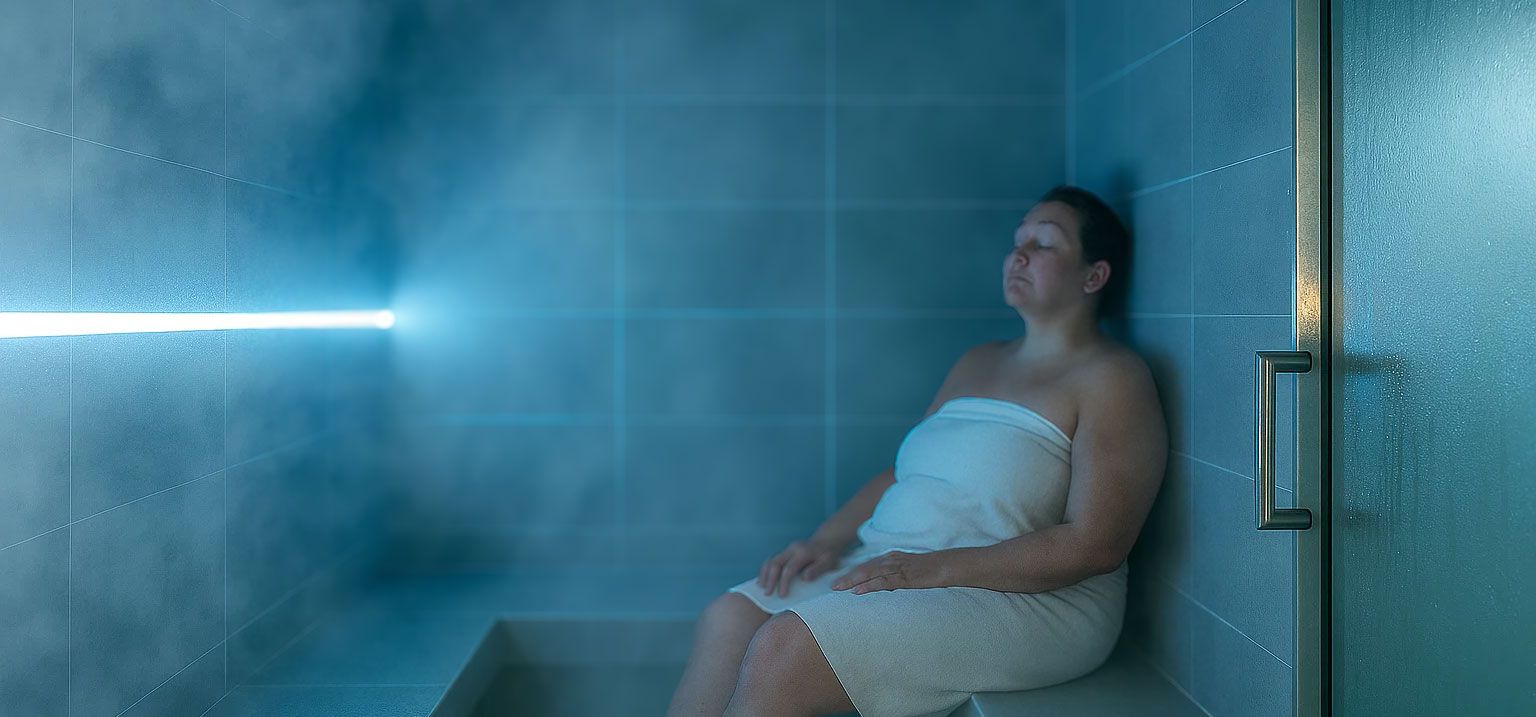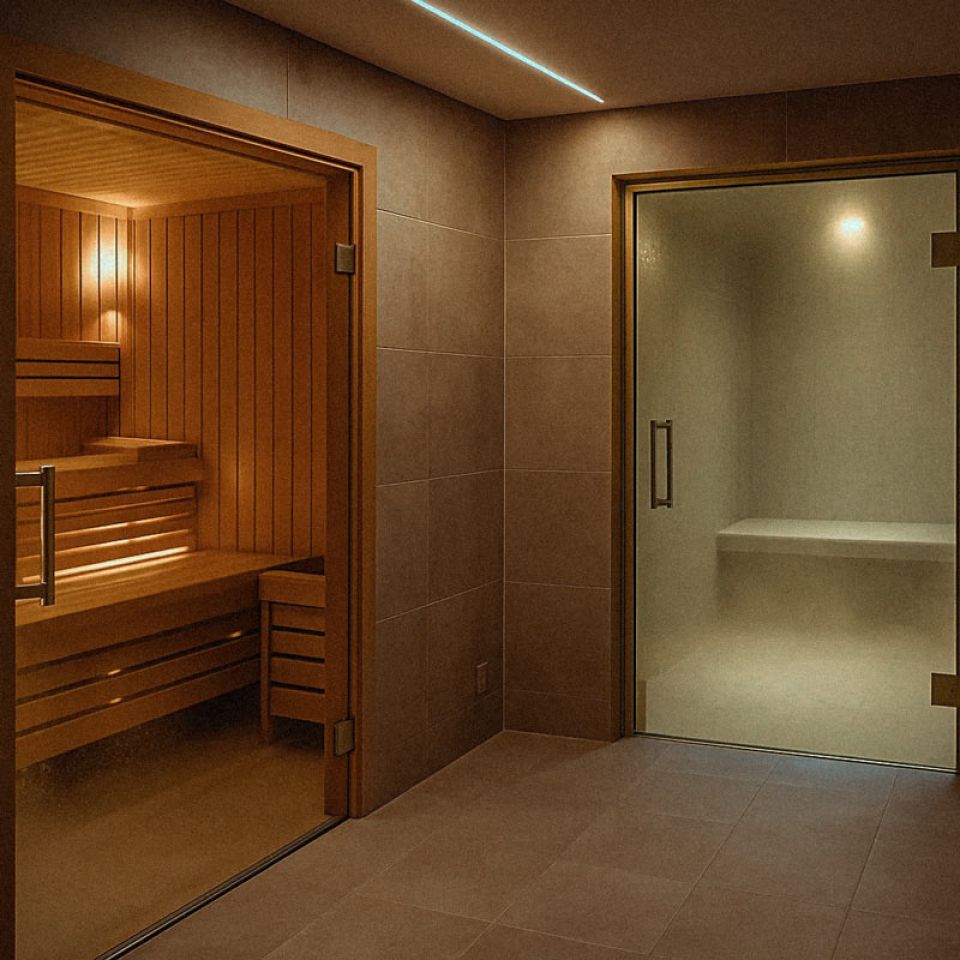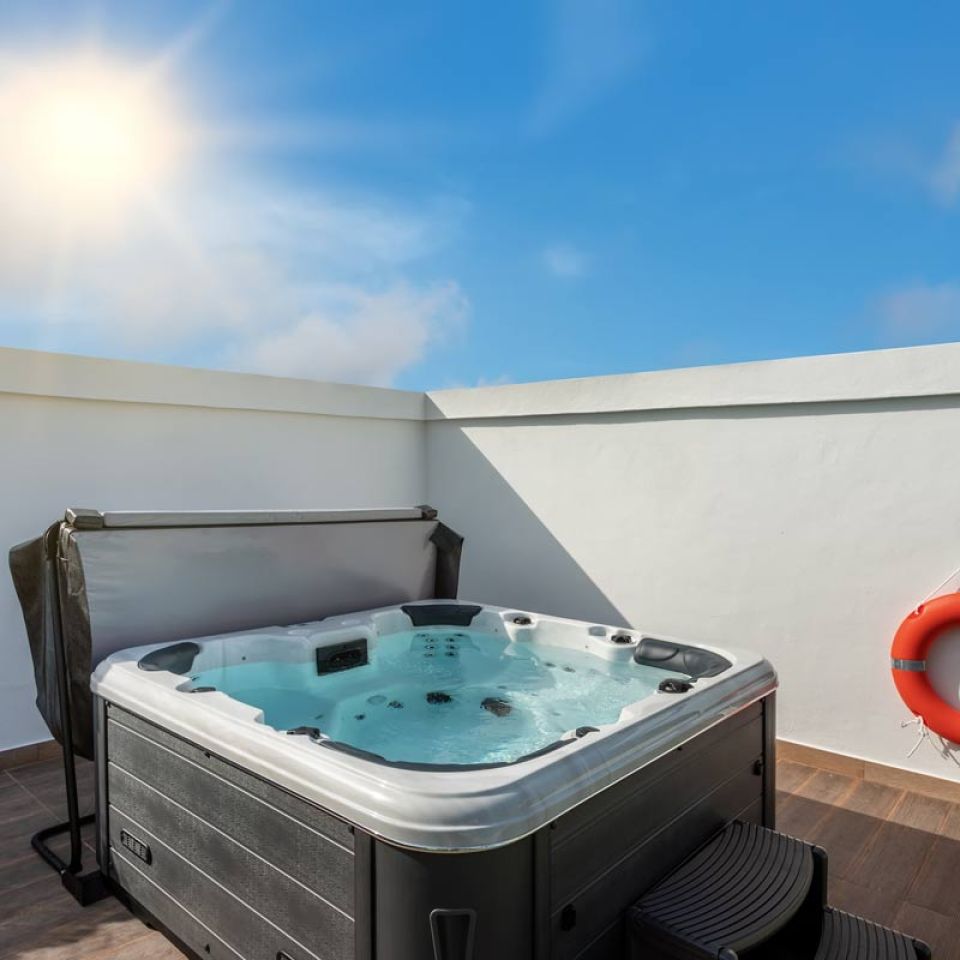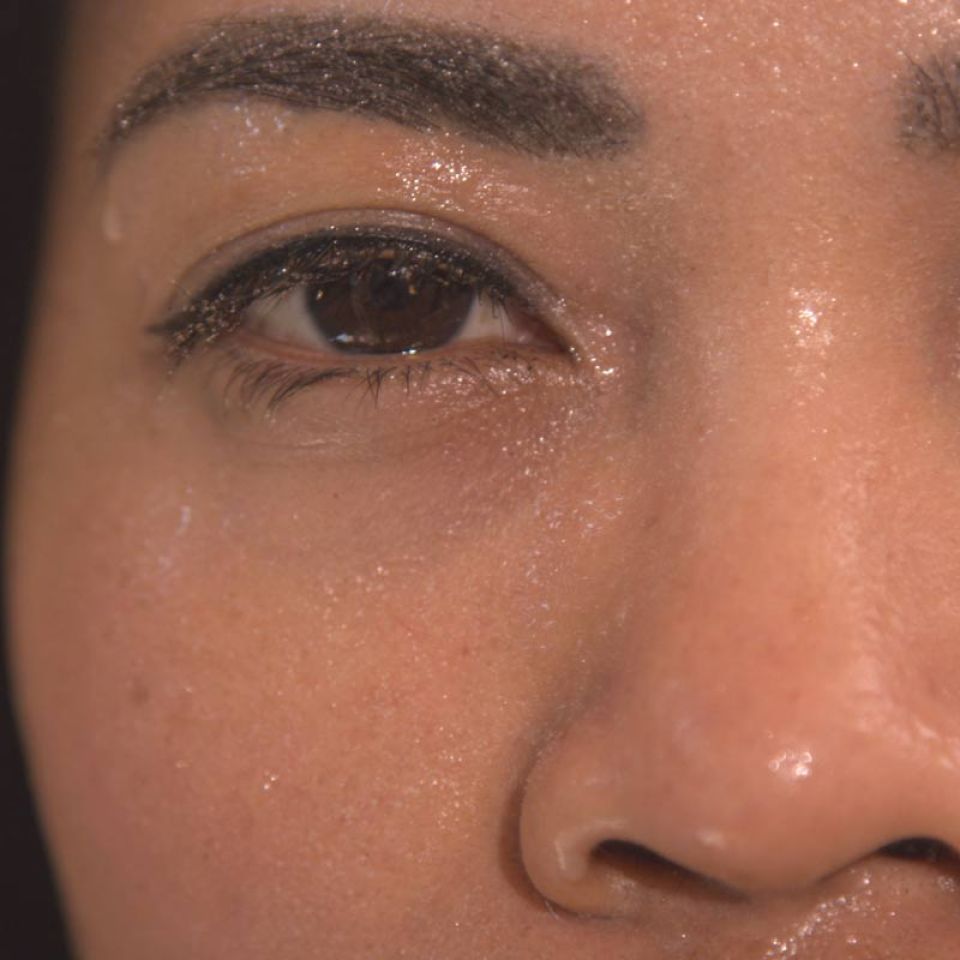Steam rooms earn their place for recovery and relaxation: high heat with 100% humidity warms tissues quickly, eases muscle tension, and boosts skin blood flow so you feel looser and less achy. As your body sheds heat, heart rate ticks up like light cardio, and the shift in stress chemistry - think endorphins and lower cortisol - can leave you calmer and sleeping better.
Where steam gets oversold is the lungs. It may make a blocked nose feel clearer for a short while, but there is little evidence it improves lung function or treats respiratory illness - and for some people, especially with asthma or COPD, hot, saturated air can actually trigger symptoms.
The short version
- Blocked nose or a simple cold: Steam may make you feel less congested for a short while, but trials do not show it shortens a cold or speeds recovery. Think comfort, not cure.
- Sinus troubles: A large UK trial found steam inhalation was not effective for persistent sinus symptoms. Saline nasal irrigation has better support.
- Asthma: Hot, humid air can trigger bronchoconstriction in some people. If you wheeze or feel tight-chested in steam, skip it and speak to your clinician.
- COPD or bronchiectasis: Benefits seen in research relate to controlled medical humidification at body temperature, not recreational steam rooms.
- Hygiene: Public steam facilities must be well maintained to control infection risks. Vulnerable users should be cautious.
When a steam room might help
If you are otherwise healthy and have a run-of-the-mill blocked nose, the warmth and humidity can make breathing feel easier for an hour or two. It is soothing. Just remember: in controlled trials, heated, humidified air did not beat placebo for the common cold. Use it for comfort if you like, but do not expect it to shorten the illness.
Mucus clearance: Warm, humid air can make nasal and throat mucus feel thinner and easier to clear for a short time, but it does not treat chest infections or meaningfully shift mucus deeper in the lungs, and in conditions like asthma or COPD the hot, saturated air may make breathing feel worse.
Sinus symptoms? People often swear by steam, but the large SNIFS study in UK primary care found steam inhalation was not effective, while saline nasal irrigation offered modest benefit for some. If sinuses are your main complaint, try irrigation rather than steam.
When to avoid steam rooms
- Asthma: Some people get immediate airway narrowing in hot, humid air. If you have ever felt chest tightness or wheeze in steam or after a very hot shower, that is your cue to avoid it unless your clinician says otherwise.
- COPD, bronchiectasis, or long-term lung disease: Steam rooms run hot and at 100 percent humidity. That can be stressful and is not the same as the carefully controlled, body-temperature humidification used in clinical care.
- Fever or feeling unwell: Heat exposure can make you feel worse. If you are ill or dizzy, give it a miss.
- Higher infection risk: If you are vulnerable or immunosuppressed, choose only well-run venues with strong hygiene standards or avoid public steam rooms altogether.
Smarter ways to feel better
- For colds and stuffy noses: Try saline nasal irrigation once or twice a day, stay hydrated, and rest. Evidence for irrigation is stronger than it is for steam.
- For chronic sinus issues: Work with your GP on a plan that may include saline irrigation, intranasal steroids, and allergy management when relevant.
- For COPD or bronchiectasis: If you have read about humidification, ask your team about prescribed humidified therapy or home high-flow options. These are medical devices set to safe temperature and humidity, not spa heat.
- For relaxation: If you love the ritual, consider a warm (not hot) shower followed by breathing exercises rather than spending time in a high-heat steam room.
Bottom line
Steam rooms can feel good when you are bunged up, but that relief is short-lived and does not treat the underlying cause. People with asthma or chronic lung disease should be careful, because hot, saturated air can trigger symptoms and is not equivalent to medical humidification. If congestion or cough is sticking around, talk to your GP and use treatments that actually move the needle.
This article is for general information only - it is not medical advice. If you have a lung condition or persistent symptoms, speak to your GP or health professional before using steam rooms.




